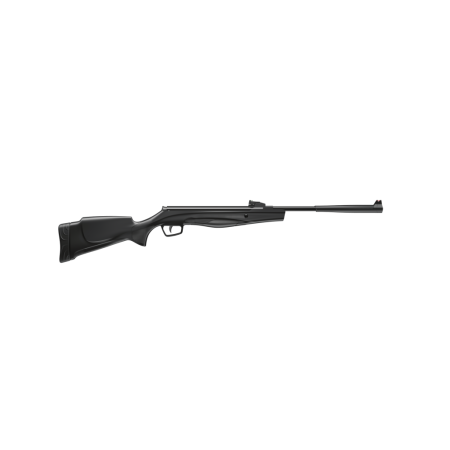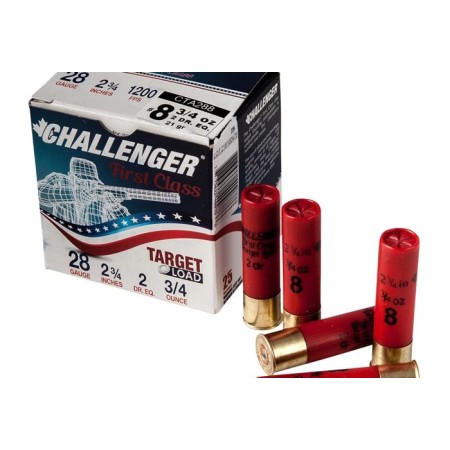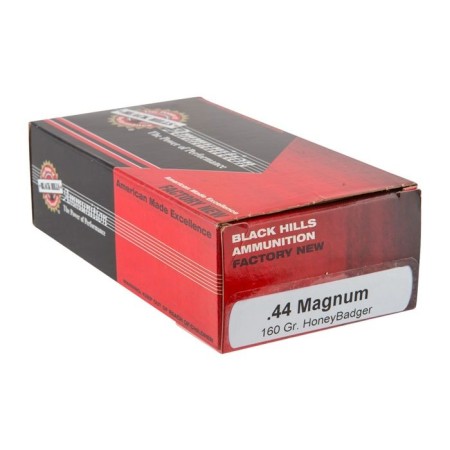Compare prices
Specification
Reviews (0)
Notify When In Stock
Price Drop Alert

GUN.DEALS
Ammo
Boxes Per Case
10
Bullet Type
Hollow Point Boat Tail (HPBT)
Grains
69 grain
Muzzle Energy
3000 ft/lbs
Muzzle Velocity
1379 fps
Caliber
Caliber
Capacity
Capacity
20
General
Finish Per Color
Brass
Model
Dedicated Precision
Type
Rifle Ammo
Rounds
Rounds
20




















